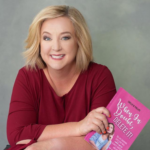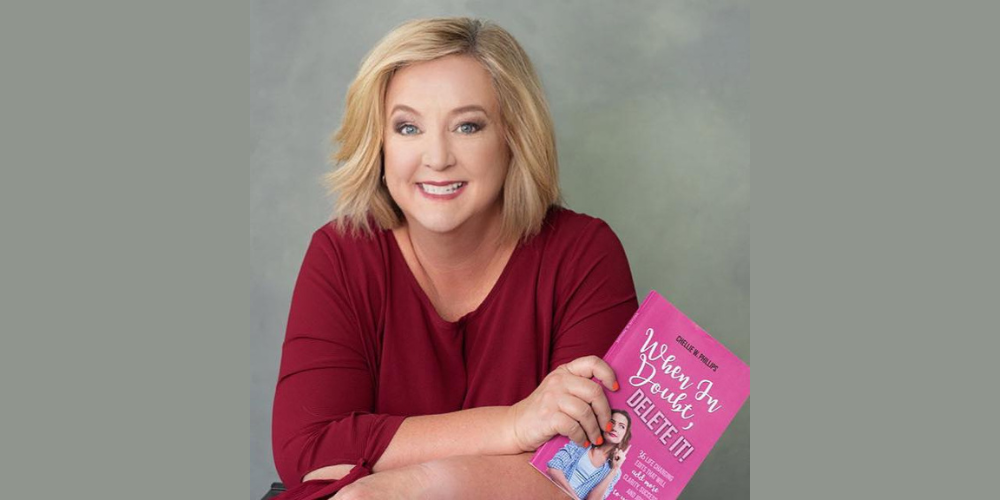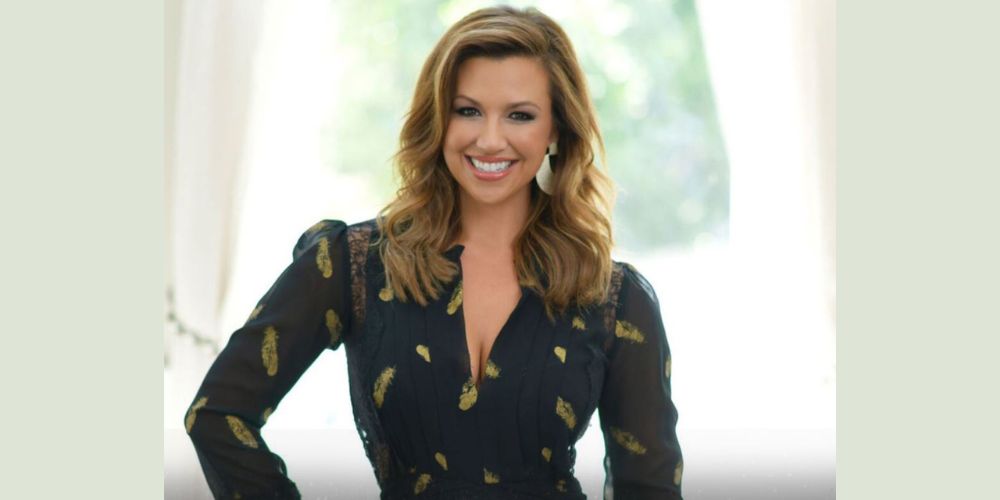Raj Girn: This week’s theme is Media and Communications. And I want to spend this hour talking about the current landscape of media in a series entitled What Opportunities Are Available in Media Today for Brands to Stand Out. To help me do this my guest is the co-founder and CEO of the ‘National Business Post,’ Lyle Laver, who is also a thought leader in this space.
This is Part One of our conversation:
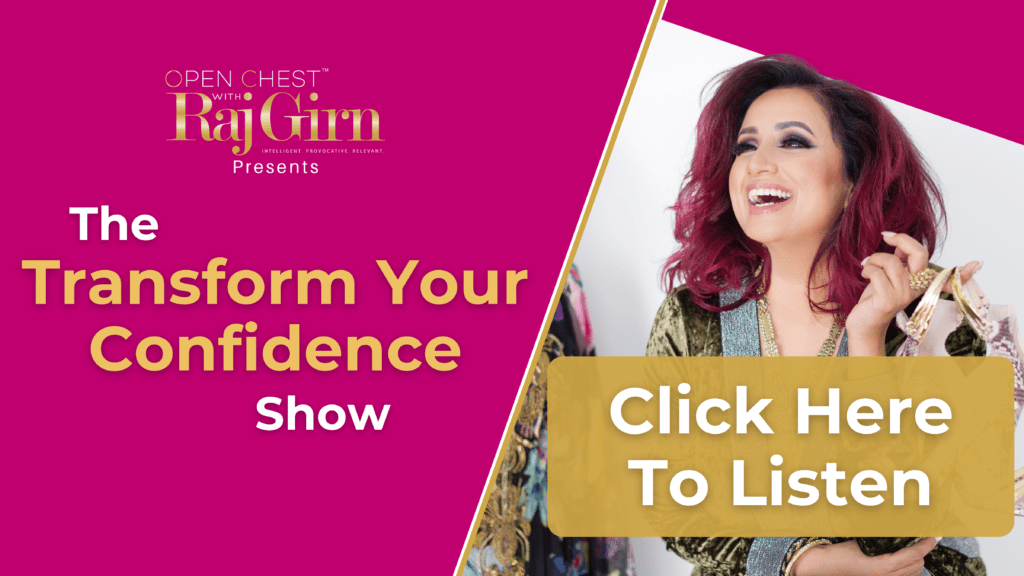
Raj Girn: Please welcome to the show, Lyle. Thanks so much for agreeing to be on the show, my dear man. I thought that if I’m going to broach this subject matter that I wanted to do it with someone that, like me, is a subject matter expert in media. So we can really kind of have some insightful tips for everyone out there that is thinking about pushing their brand forward, someone that is maybe reimagining where they want to go with their brand or someone that’s at that point where they feel that they’ve done everything they can and they don’t quite know where to go next. Because I always feel that coming back to ground zero, being let’s look at what their media strategy is, let’s look at how the various different opportunities that exist today in media can be leveraged to accomplish a specific intended goal.
Because today we live in a world where accessibility to brands that aren’t really even known, becoming household names if you know how to leverage the strategies associated with the multi levels of media that are in existence today. So Lyle, I want to first start by letting people know a little bit about who you are. Let’s start by just asking you why you decided to start the ‘National Business Post.’
“Today we live in a world where accessibility to brands that aren’t really even known, becoming household names if you know how to leverage the strategies associated with the multi levels of media that are in existence today.” ~Raj Girn
Lyle Laver: You know, I’m originally from north of the border now in Los Angeles. So being a Canadian, it’s had the history of growing up with the CBC and I’ve been a part of the media since my days of being in Toronto and the last 20 years in Los Angeles. So always within radio and the digital space and traditional media as media on the traditional side began to mix into that digital space. And so, with my history and my professional experience and understanding what I grew up with and the influence I think that the CBC, the Canadian Broadcast Corporation, had on the culture across the country. And then you go to work here in Los Angeles which is more of a free enterprise business model. Over the last 20 years, 10 of those I worked with National Public Radio and you began to see L.A. is the number two market in the country for media, but for radio, it’s the number one market in the U.S..
We’ve gone through some very different times over the last 20 years, right? So during that period of time, that radio, still today as a traditional media in this market because you spend so much time in your car, has played certainly a major role. But as they made their transition into digital, as we began to see more outlets for content that was going to be produced, I began to see this transition of how consumers were using media. No longer was information coming to you through specific channels. It could come through a plethora of channels. But within the free market space, especially here in the U.S., all the media runs on a business model. And that business model is how can we garner more eyeballs or more ears in order to sell more advertising? That’s the business model.
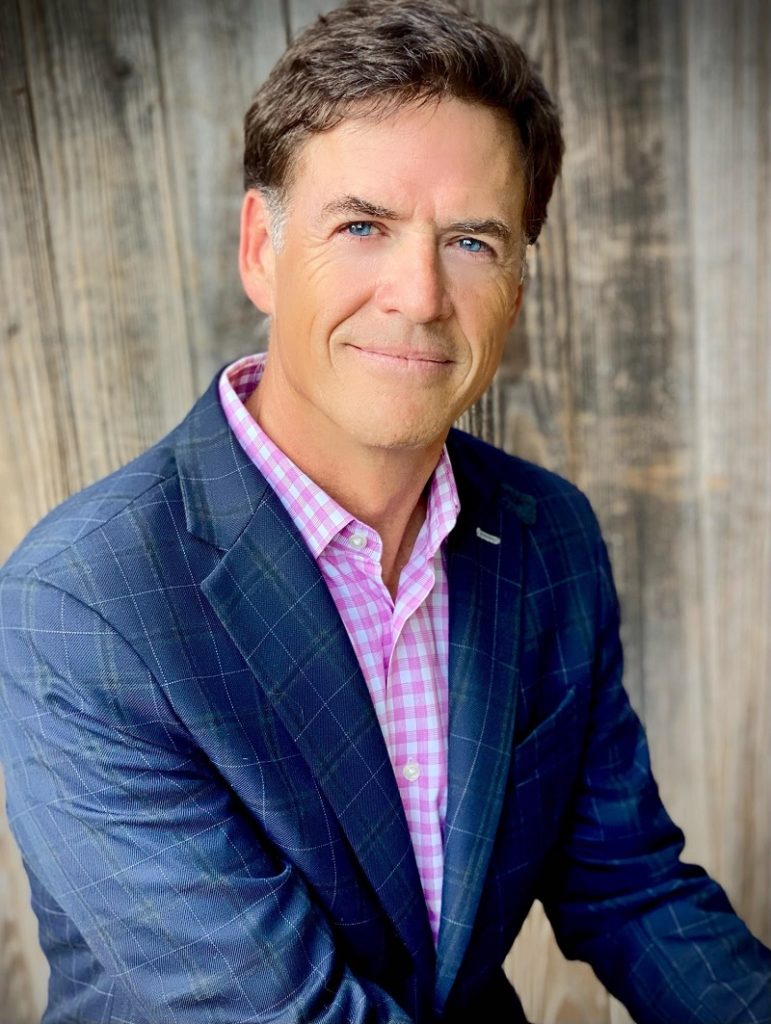
Right.
And what happens is, is when you began to offer these nonexclusive environments, when programing from NPR, National Public Radio began to be pushed out through Sirius XM, when you began to take some of the programing and move them on to different platforms, some of these companies began to cannibalize their audiences, but also had to work twice as hard to garner even more audience in order to garner more money. And this business model really started, I mean, I would go back to the days of when CNN was first created and you went to a 24-hour news and information platform. But what happens is at that point is you have to offer news that is going to create attention. So that was part of the attention economy in and over the last 20 years when this plethora of media platforms, digital, non-traditional and traditional, we’re all competing for audiences.
You had to up the ante of the information you were offering. In the last twenty four months, we have gone through here in the US a huge, huge push politically. We’ve gone through what we’re still dealing with, which is COVID. And some of these media platforms continue to up the ante in order to attract those eyeballs and ears. And so having worked within the radio sphere, within digital, I’ve also worked in the print side. I understood that a lot of the clients who come to the table have to spend a certain amount of of money and energy and resources to make their campaigns possible. And so I thought to myself, is there an opportunity to develop a platform digitally whereby we could speak directly to those who are part of this advertising business model? Because each of them has a story.
Each of them, as a business or as a brand, has the opportunity to kind of speak directly to the American public and do so in a way that texturally could tell their story, in a way that normally probably wouldn’t be covered by traditional media and in a way that could extend what I would say the coattail of that campaign. And so we decided to digitally go into the space and put together a platform that we would be able to approach brands from across the U.S. and use tenured journalism and be able to kind of merge the two, whereby we always say at the post: “There are two sides to every story, make sure you’re in control of your own.” And because traditional media and that business model has commoditization the media. Say that there’s almost like an X and Y graph where you increase the quantity of available media, there is a decrease of quality in the availability of that media. So monetization makes it cheaper to get in, but the value, the perceived value by the consumer diminishes.
“There are two sides to every story, make sure you’re in control of your own.” ~Lyle Laver
Let me ask you this. What do you feel was missing that you feel the ‘National Business Post’ was able to bring to the table with what you’re saying right here?
We wanted to give people the ability to speak from their story.
Directly with the consumer.
Correct.
I love that.
And do so in a way that is textual. So some of the social media platforms today, like Instagram, are graphic. They’re pictorial. But a picture means many different things to many different people.
Right.
I think her name was Amanda, I can’t recall her last name, who was the poet laureate at the presidential inauguration. And when she was interviewed, she said, “as a young girl, I always valued words because they’re clear” And today, within the digital scope of what we do, the text . . . I’m a reader, in that text is then once the story is produced, it’s locked into the Google. I always call it the world’s largest virtual library. And it’s indexed and and those words are crawled.
We have clients who produce videos through YouTube that were corporate but they’re amazing videos. But from the ability of using an algorithm within a search tool, where 52 per cent are inspired through using Amazon, but 51 per cent, the next one down, is actually using a search engine, inspiring them in that research. So I think it allows clients to talk directly to the consumer. It allows a brand to talk directly and you never know, I used to always say you never, ever know who is online. You never know where they are in the world today. The Post since launching is read by 50 states across the country. We’re read in Canada we’re read in 90 countries around the world.
That is incredible.
Because you never know who’s reading, why they’re reading, for what reason and what they’re accessing, and today I can write about a client in Chicago and someone in London may be coming to this area or may not know about that brand. And all of a sudden they’re able to pick up an in-depth, journalistic 2000-word article that is specific, compelling, and maybe not something that if you were to use the traditional business model, would garner a Wall Street Journal or a New York Times to pull up that brand. But we can do that and we can do it effectively.
So I want to ask you this. The media landscape is more accessible today — I kind of alluded to that off the top — than it’s ever been. What are the advantages of this for brands?
I think there’s many advantages for brands because there’s many choices. And the accessibility. Never before have you had that level of accessibility where you could enter. You know it used to be that in order to be a part of a media platform, it was going to cost you an exorbitant amount which at that point you wouldn’t be able to go there. So I think what has happened is you have this accessible entry, which is huge. And so therefore there’s no longer limits on who can be in the market. And I think those are the two big advantages that are available today to brands. And I think that’s what’s really exciting.
“I think what has happened is you have this accessible entry, which is huge. And so therefore there’s no longer limits on who can be in the market. And I think those are the two big advantages that are available today to brands. And I think that’s what’s really exciting.” ~Lyle Laver
So, you know, on the flip side of that, with now us having an opportunity where accessibility is allowing the smaller and the medium sized brands to be able to kind of play in the media marketplace, what disadvantages do you feel could come with that?
It’s really interesting. We now live in this do it yourself, this DIY environment. So there’s only so much time. So that’s part of why the Post is, and can be, as it is successful, because as I was talking about the attention economy, there’s only 24 hours in the day. So at some point you can’t scale attention anymore. Now you have to begin to prioritize where your attention is going to be spent. So as far as a disadvantage for this plethora of media for brands, is that a couple of things come in.
One is you have to understand. You have to so understand your specific consumer’s behavior. You have to understand the demographic that you’re wanting to reach and how do you want to do that. So because there is a funnel that takes place in order to make someone aware of your brand is literally bring them down to a level of conversion. So I think the only disadvantage I would say is obviously there’s a learning curve and you have to understand and be more specific than you ever were before in presenting your information and allowing yourself to do the research to find that audience that you want to find. It’s not about just going after everyone. It’s actually finding those brand champions.
You know, I want to pick up on what you just said because media strategy needs a clear intention in order for it to be successful. I think that’s kind of the key here that people need to take away. And the reason for that is not everyone is utilizing media for the same reasons either. So from your perspective, what are the most common reasons brands dial in a media strategy, Lyle?
Well, I think we just touched on it is you have to begin to name your objective as a brand. Are you creating awareness? Do you want to show your values? Are you looking for engagement? Or are you trying to convert someone? And so there’s literally five steps of which an individual consumer today is going to begin to, as I say in this research economy, begin to look online for brands. The first one is awareness. You have to create some level of awareness so that there’s an overview of your specific brand within that brand category. And then so this consumer begins to look for that awareness and then they begin to research. That’s the next thing. They’ll look for research. They want to find details about what your brand may offer. They want to see, is that something that I value?
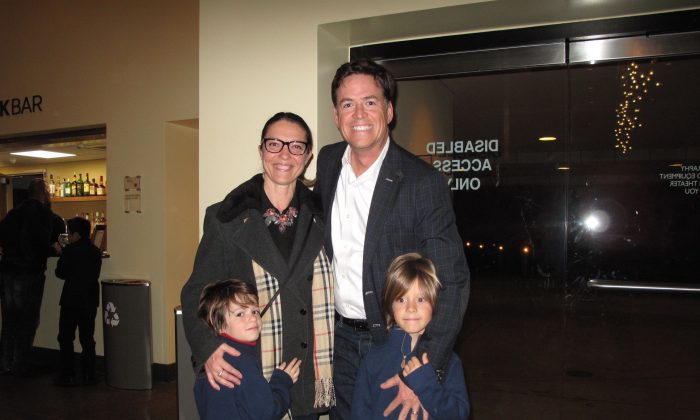
You know, one of the things that I was going to bring up with regards to why we started the Post is because as we began to research there’s two companies here in the U.S. that actually advise all the agencies across the U.S.. What are consumers doing today? What do they believe in? And one of the PR agencies is Cohn & Wolfe. And in 2014, they produced a paper called The Age of Authenticity. It is because consumers at some point we got to the point of using the internet . . . we’ll talk about this later, but we don’t even . . . we just want to Google the truth. I mean, I hate to say that, but everything became so exposed that people, even in today’s market, as I say over the last 24 months, people begin to question what is the truth. As we go through COVID and vaccination, are you going to believe this or are you going to believe this? So we Google that. So there’s a level of an overview for a brand that they’re trying to make this awareness of who they are.
But the next thing is people are going to research. We’re now in the research economy. And then as they begin to research, the next step in that strategy is they’re going to start pulling in alternatives. So they’ll pull in your brand and then they’re going to look at somebody else’s and they’re going to look at all those details. And so they’re going to begin to compare to understand if this brand is of value to me as opposed to that brand. And then you’re going to be at that point where once they start comparing, then they’re going to choose. So now you get into a strategy of the conversion, which is actually the point at which they may buy. And if they buy and go through that, the final thing is will they recommend this whole process in the future.
When you begin to look at a media strategy, those are kind of the steps of that funnel that I think is really important so that you’re specific in the information you offer, but you understand the direction that the consumer is going to go. And with the Post today and with what we do is we’re trying to give as much information from a client. We pull back the curtain to as we’ve gone in this technological phase of our culture, there’s still the pendulum swings the other way, which is we want to be human. And business is people. And they want to feel. There’s an emotional pull to that. So within a feature story, people, you know, “I felt that,” “I’ve been through that,” or “these people are part of the arts? I value the arts.” So all those little details are of value when you go to make a choice today, because in the age of authenticity, they want those. They want that alignment. And it’s statistically showing that consumers will choose those products that are in line with who they are.
And so a similar PR company, Porter Novelli/Cone here in Los Angeles, did a paper in 2019 just before COVID, called Feeling Purpose. Because American consumers, as they progressed from the age of authenticity, got to this point over the next five years that now they want to not only to understand, they want brands to be transparent and authentic so they know the truth of the brand, but they also want to feel that they’re aligned with the values of what they are like. The consumer wants to know, is this what this company values? Those are all the choices that we emotionally make. Because when you have so much information and everyone is trying to get in front of you with something, you’re going to prioritize. Am I going to choose this brand or am I going to choose that brand? And so all these pieces of information are vitally crucial to that process in that marketing strategy, so that you begin to build brand value and credibility with the consumer.
“American consumers, as they progressed from the age of authenticity, got to this point over the next five years that now they want to not only understand, they want brands to be transparent and authentic so they know the truth of the brand, but they also want to feel that they’re aligned with the values of what they are like.” ~Lyle Laver
So, folks, you’re hearing it right here. I’m in conversation with Lyle Levar and we are talking about how powerful media strategy is in today’s world for brands to be able to accomplish their specific intention and business. The two most common reasons brands use media today are, one, creating authority through association to soliciting clients. If we’re to really simplify what the two main and most common reasons would be for you to want to have a media strategy in play. The complicated part comes when you start considering that media includes earned media, paid media, traditional forms of media, new media and social media. I want to ask you this now, Lyle. What are some guidelines that you recommend to ensure that which ever be the intention, whether it’s creative authority or whether it’s soliciting clients, that the strategy aligns with accomplishing this? With all those possibilities, how can people look at utilizing these one or two of them, a combination of them, to be able to accomplish one, creating authority through association with media?
That’s similar to, oh, you know, if you can get a ‘Forbes’ article as a business it’s a big thing. If you’re a fashion label, if you get an article in ‘Vogue,’ it’s a big thing. But they are not the only ways to be able to get to the consumer, especially if you’re looking to solicit clients. What they create is help you by default of association, create authority, perhaps. But not necessarily will get you in front of the right audience depending on who the audience is. And you’ve just finished explaining the five step process to why that’s important. So I guess my overarching question for you is, with all of these different ways that media can be utilized to create authority by association or to solicit clients, how can brands make sense of all of that? And what are maybe some benchmarks you can share that they should be looking at?
Well, I think you mentioned a couple of them. I think in the past we used to push people to buy. The old model was you push them to buy, call to action, call to action, and you have to see the number again. And I think the interesting part of I think Los Angeles is, I’m sure I used to live in Toronto, but Los Angeles is a really interesting, complex city. This city has seen it all. And so in that they will research, they will ask. And so today they’ve been told everything. The American consumer and the Canadian consumer at this point has been told everything. This is the best. That’s the best. They’ve got the greater you know. So instead of the old adage was pushed to the buy now you can pull them to buy. So when you start looking at guidelines, I would just say that you’ve talked about it. If you understand your goal, you understand your intention.
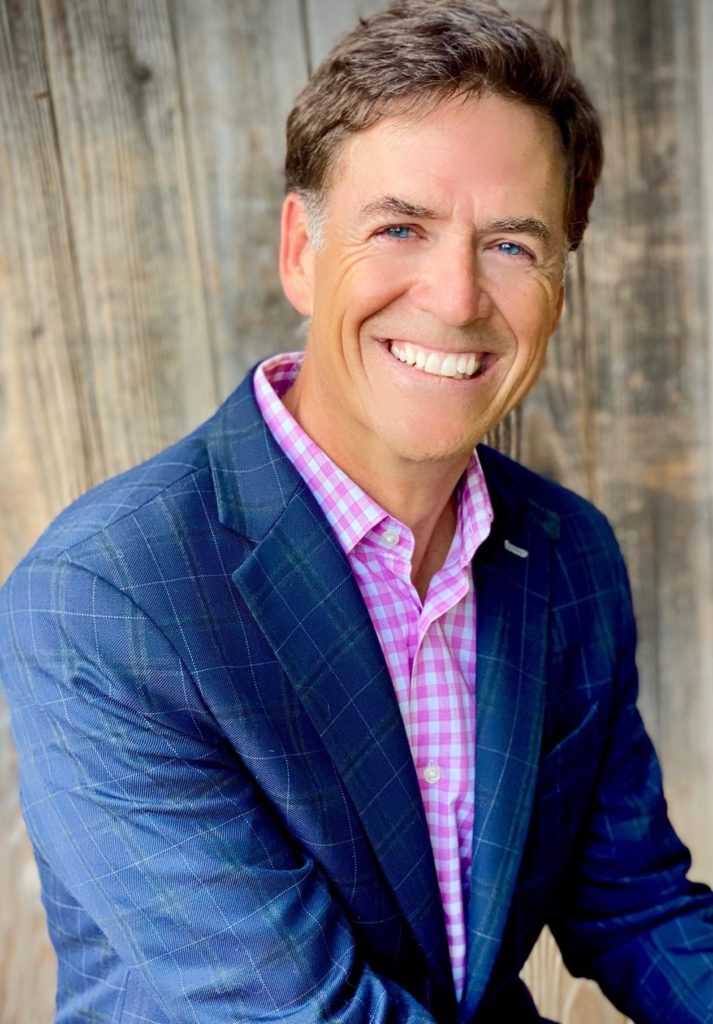
Are you trying to build a direct circle of influence or you do you want to employ an influencer, whether it’s another media platform, whether it’s another individual who uses another social media platform to do that? You have to think of it that. Are you wanting to access their circle of influence or are you going to access your circle of influence? Because when you talk about, you know you were mentioning whether you create authority through association or you talk about soliciting new clients. So I think you just have to understand your intention. I think you have to know your audience. Are you talking to a business, to consumer? Are you talking a business to business? Because even though with the Post we may do a brand that talks directly to a consumer, but also do brands that talk to another brand. You never know what the intention is for the individual to want to write a story.
They may be wanting to post their position for who they are at this company. And maybe it’s giving them credibility because that story, once its metatag is inside Google is not going away for the next eight to 10 years. So there’s many different reasons that people want to do a certain type of media. So I think you need to understand your intention. I think you need to know your audience. I think you need to know your budget. That’s a big thing. Because sometimes people say, “wow, yeah, I’d love to be in the media.” Well, I could say to you, “do you know that the average media campaign here in Los Angeles, and I’m sure it’s in Toronto, in American dollars here in L.A., you could spend anywhere between $50,000 and $100,000 a month. If you wanted to be part of the Super Bowl, you could spend $3 million for a 30 second spot.
“There’s many different reasons that people want to do a certain type of media. So I think you need to understand your intention. I think you need to know your audience. I think you need to know your budget. That’s a big thing,” ~Lyle Laver
But today with the ability of media and the plethora of different platforms I can put you into L.A., Chicago, New York, Atlanta, Toronto, Vancouver, London, Spain, Africa with an article in the Post for a fraction of that. And my point is this. What people used to think was their entry point into one market might cost so much that entry point into a social media platform or an earned media platform or a paid media platform can get you multiple markets for a fraction of what it used to be. So I think you need to know your budget. I think you need to be specific in content placed. So you need to say “this is specifically what I want to say in this story.” And then finally, as we talked about before, you have to be authentic.





